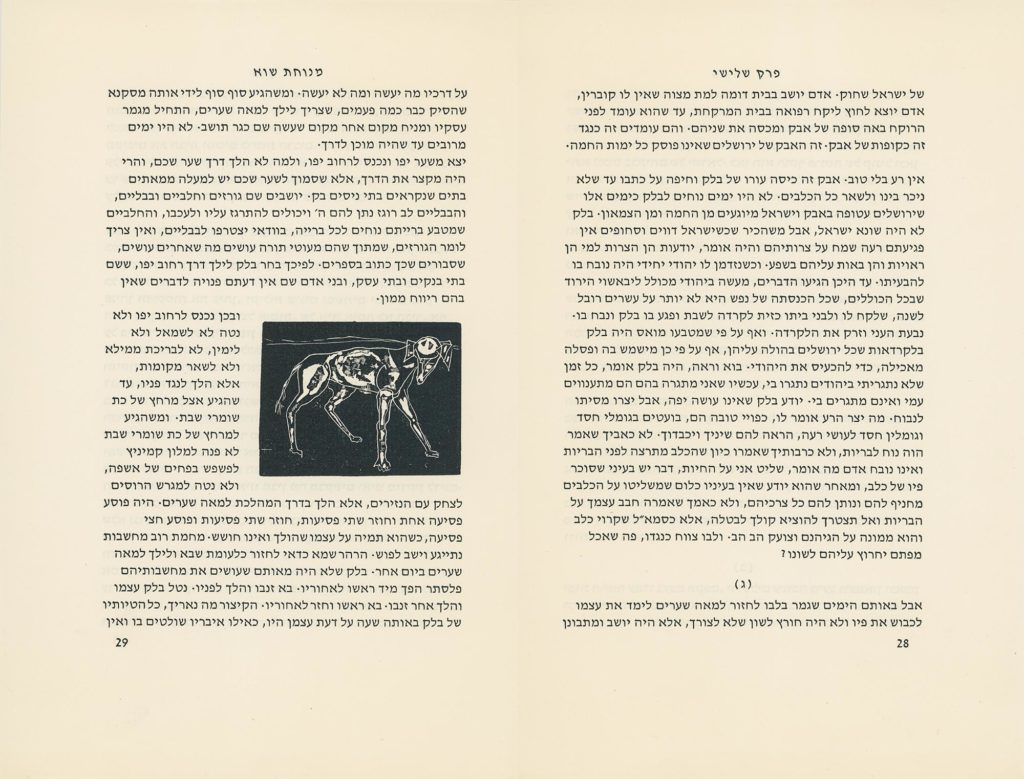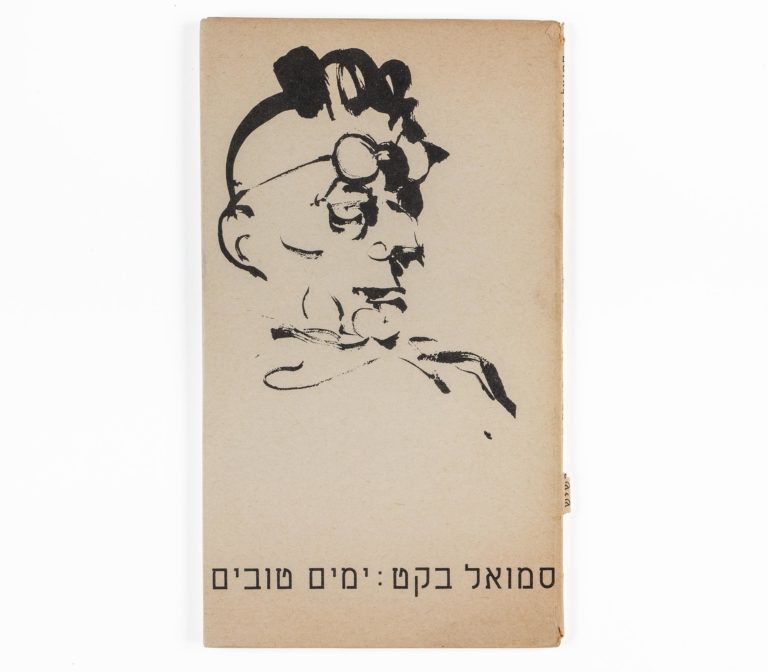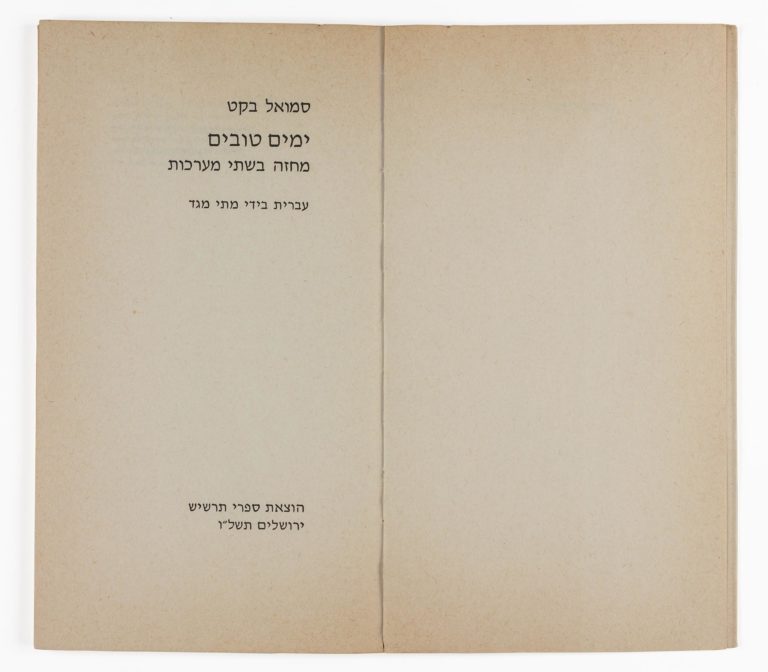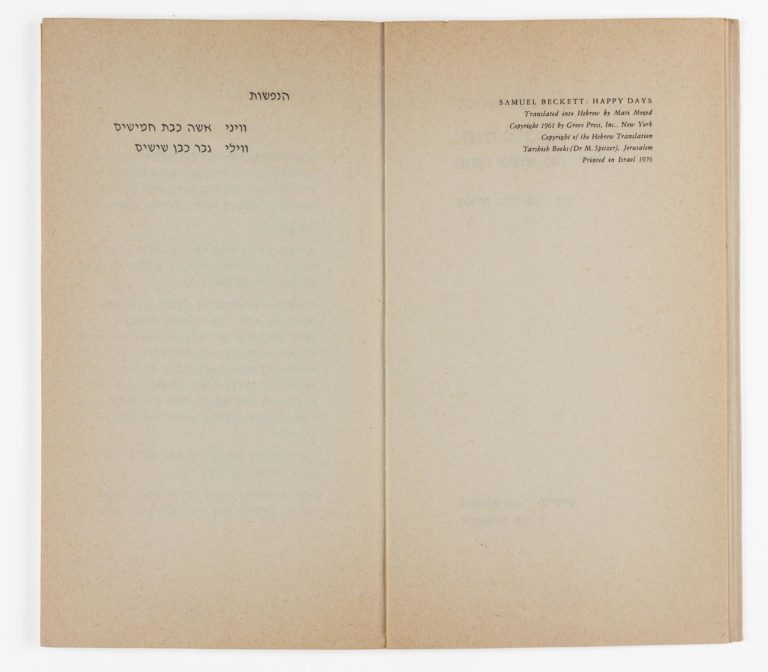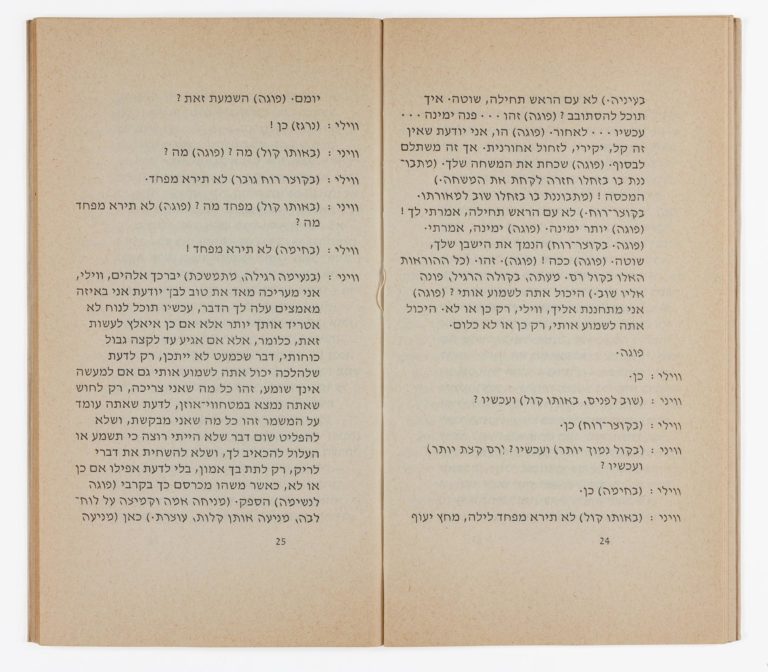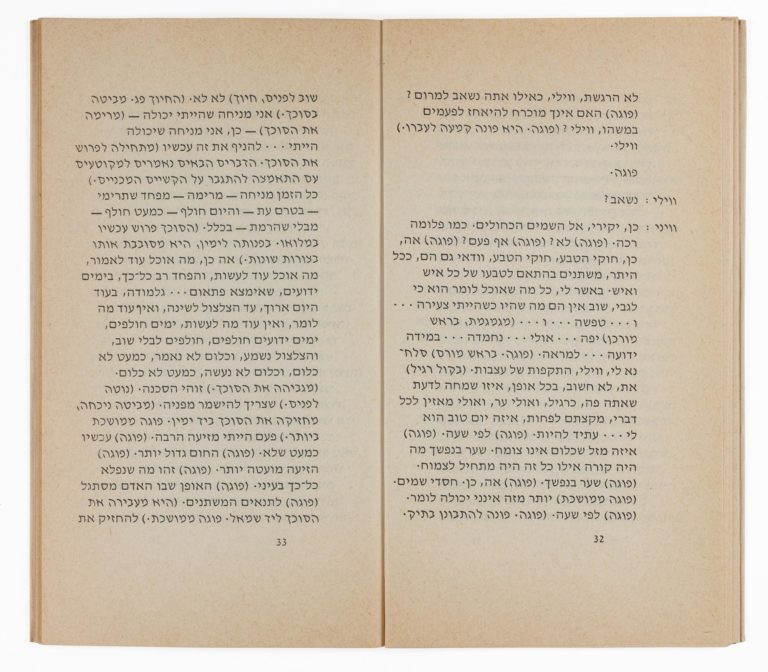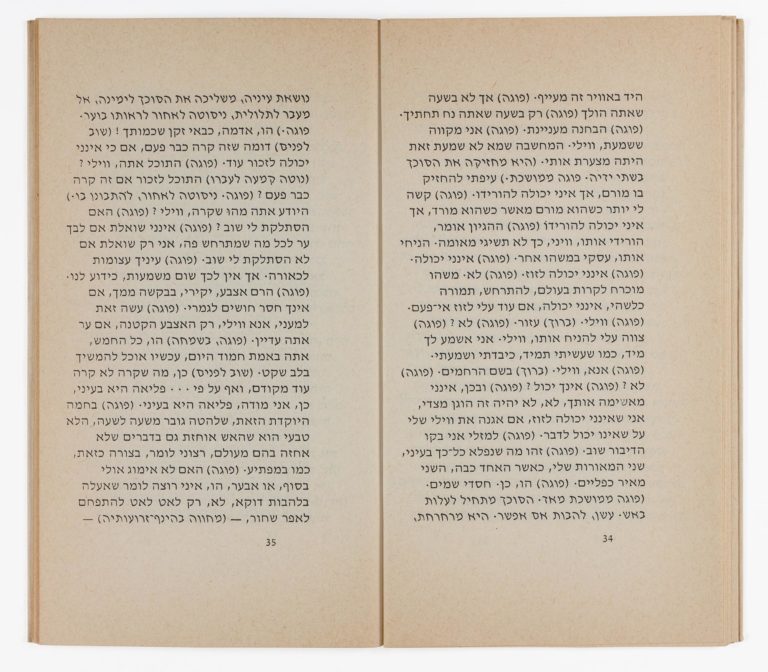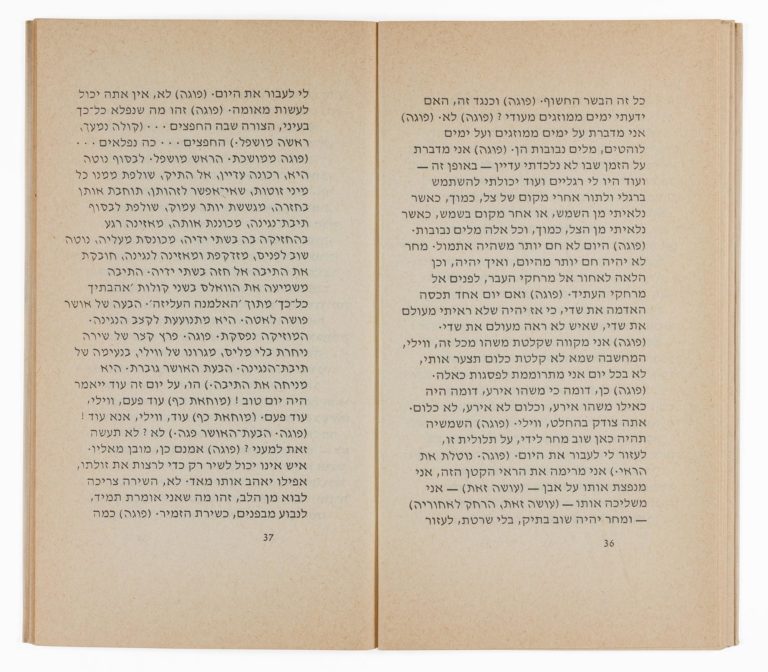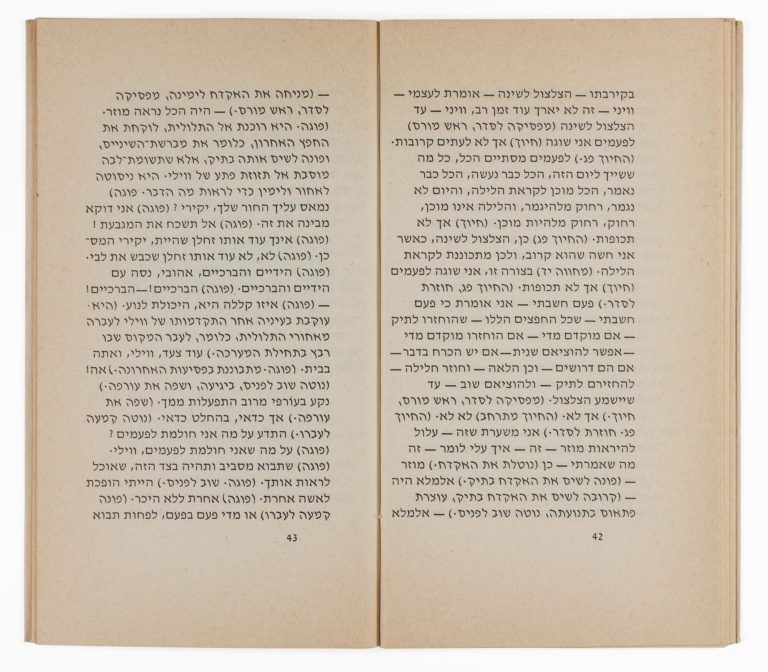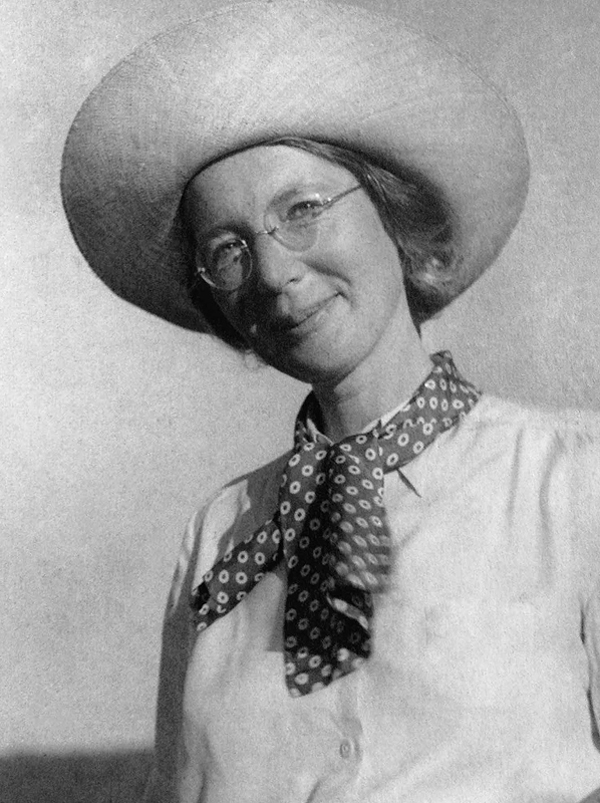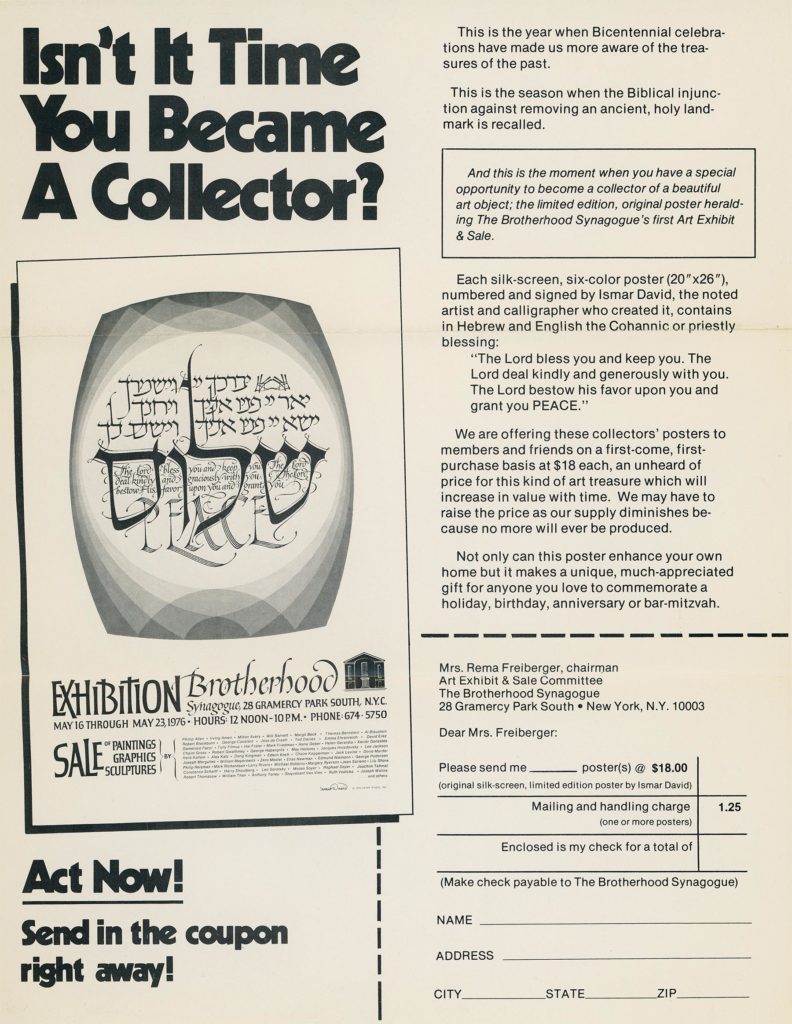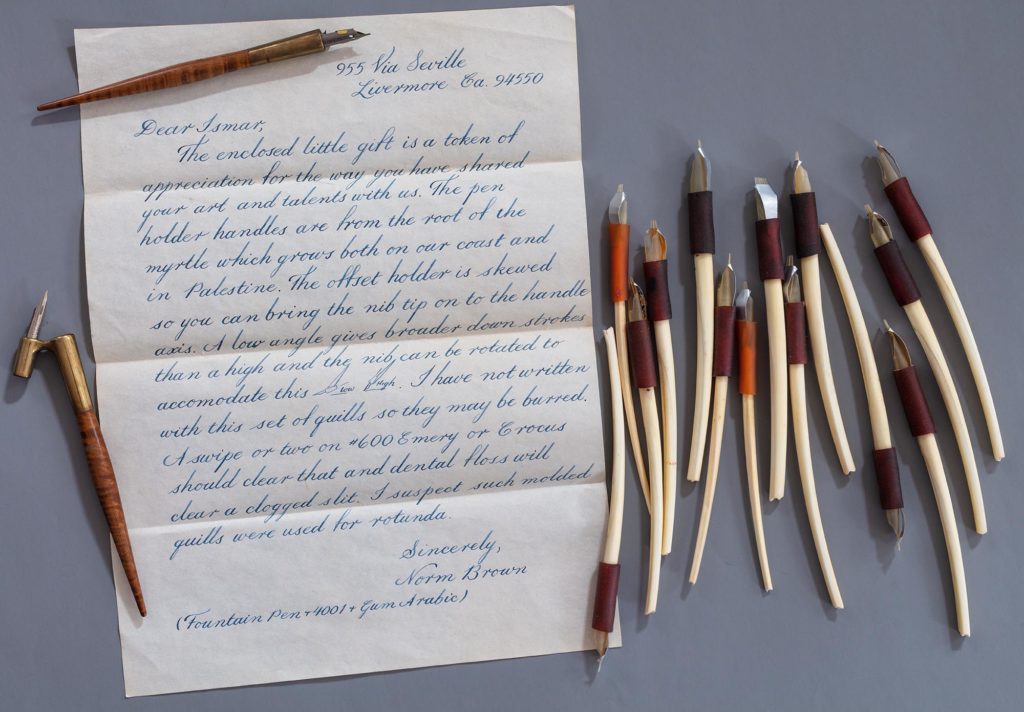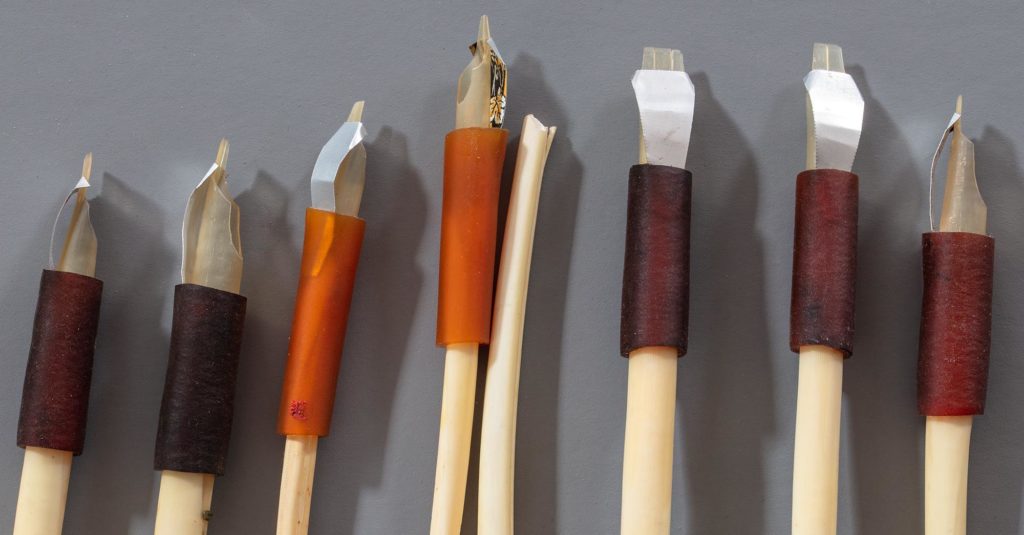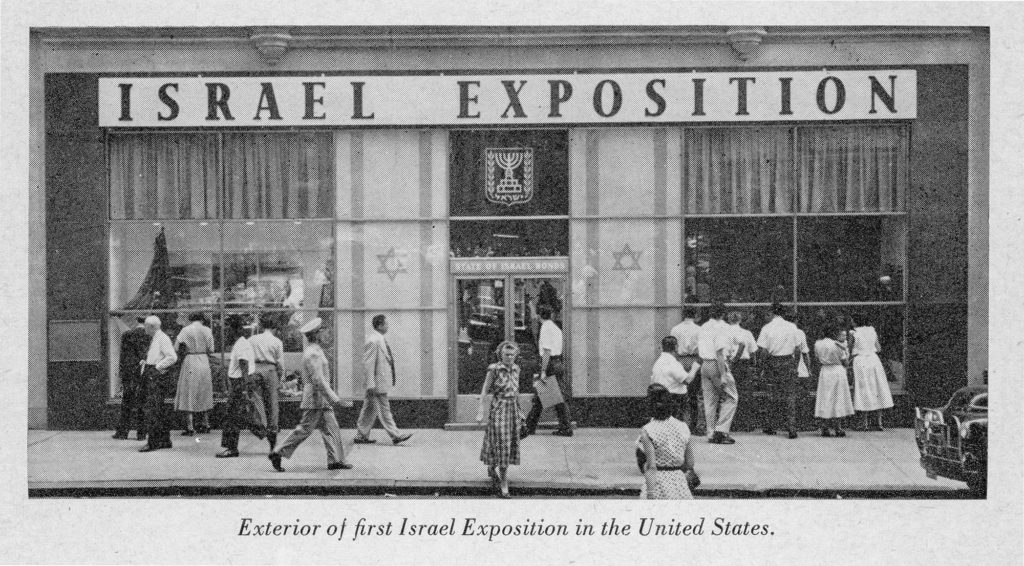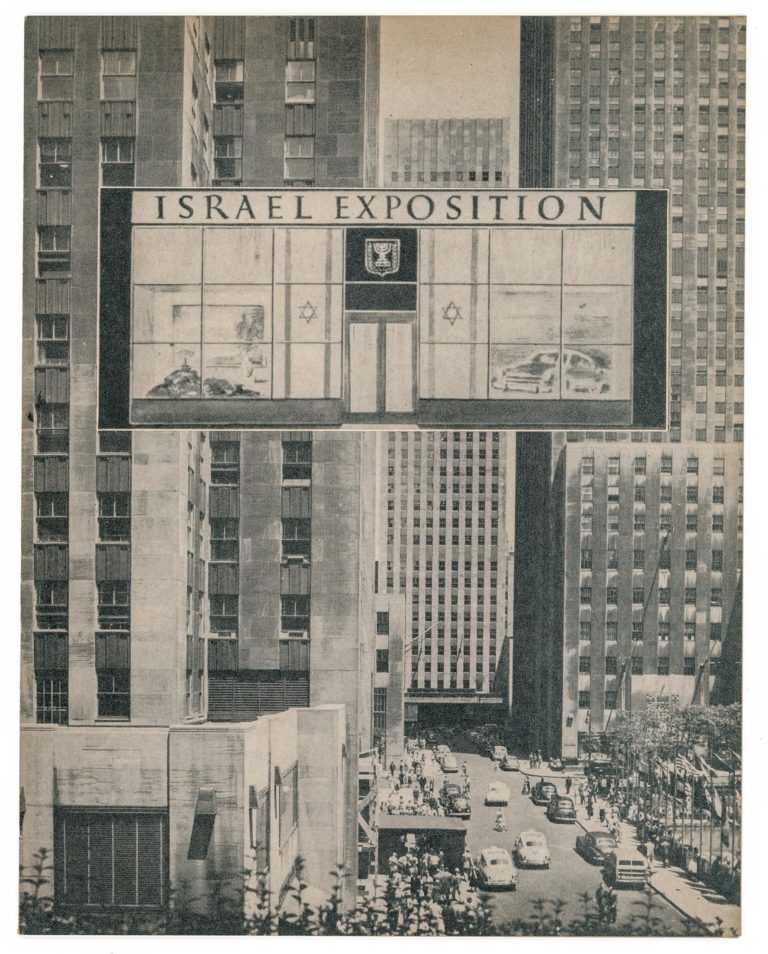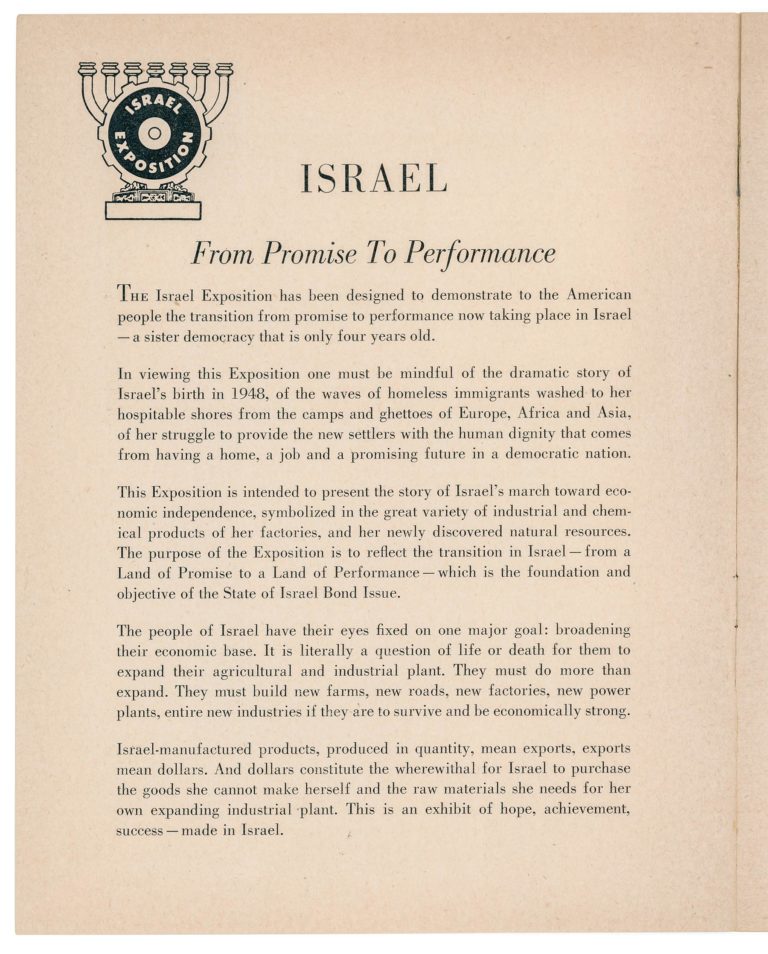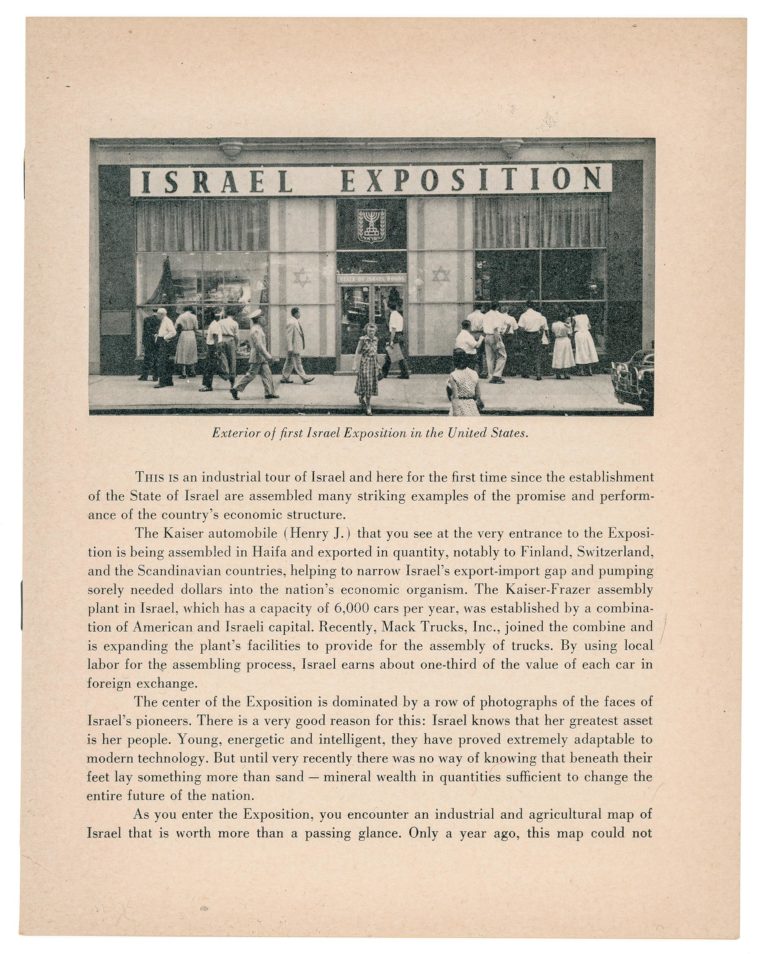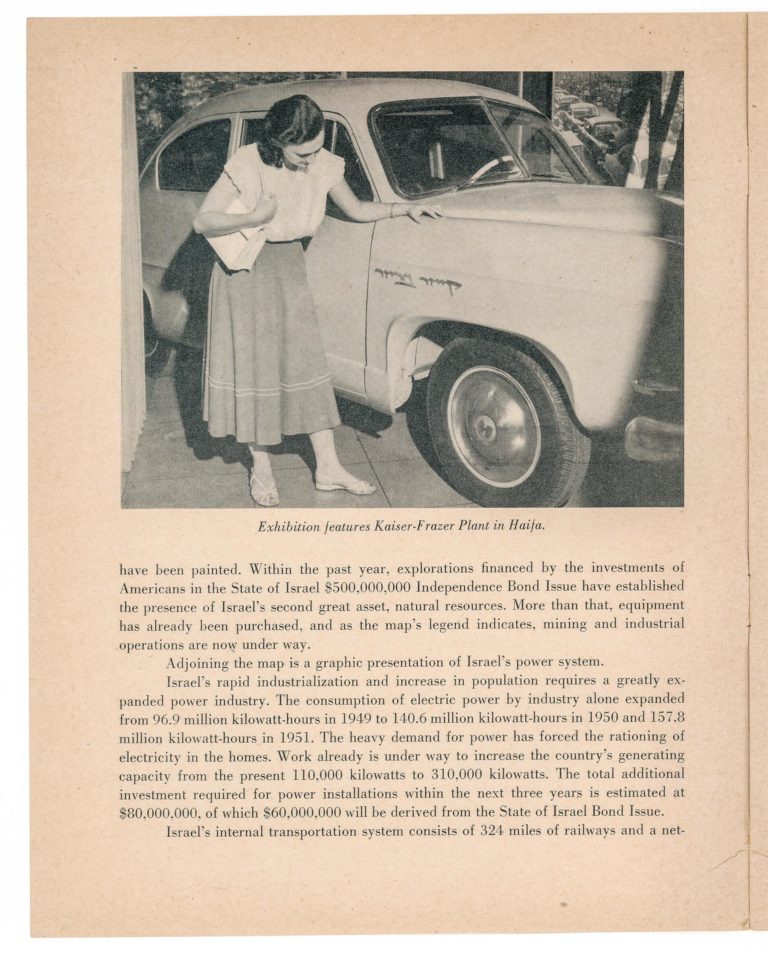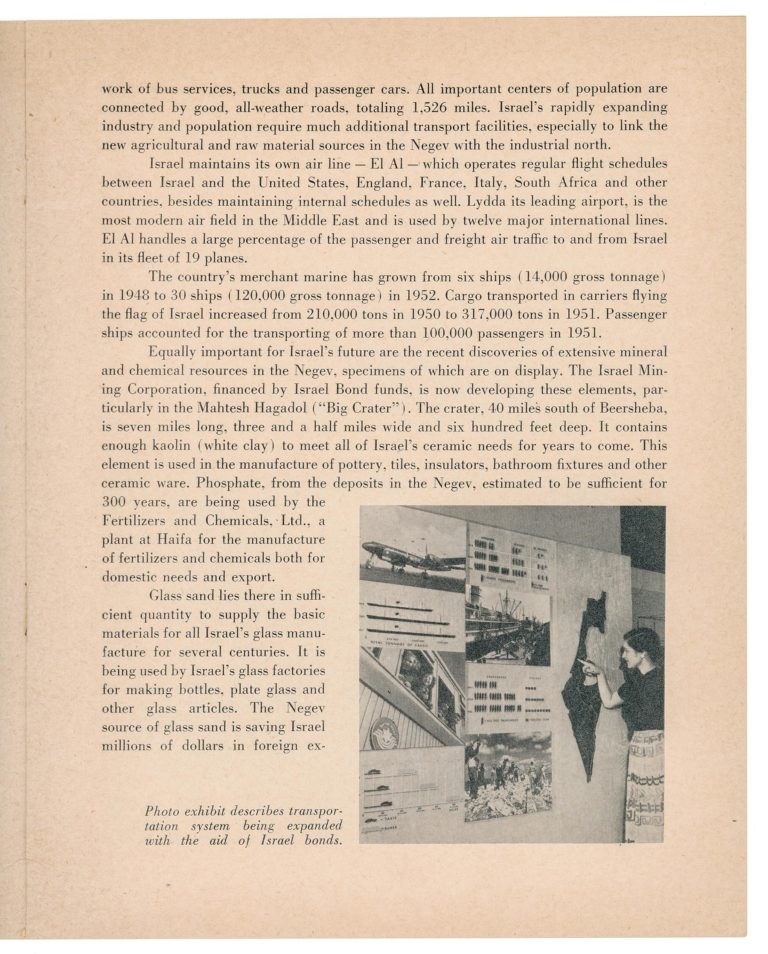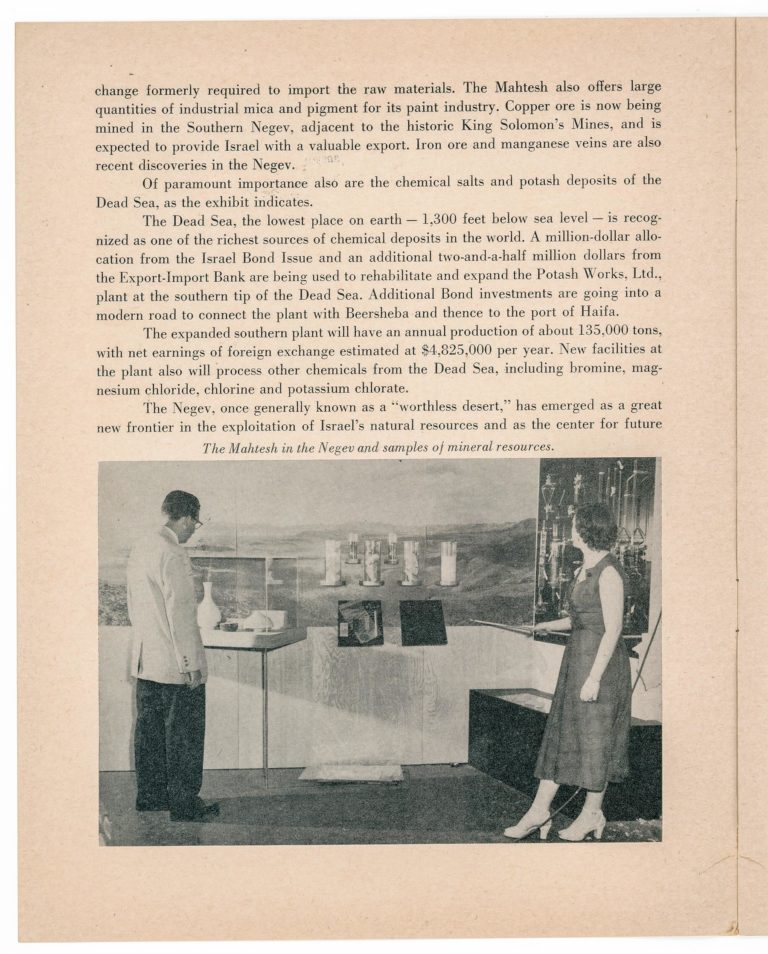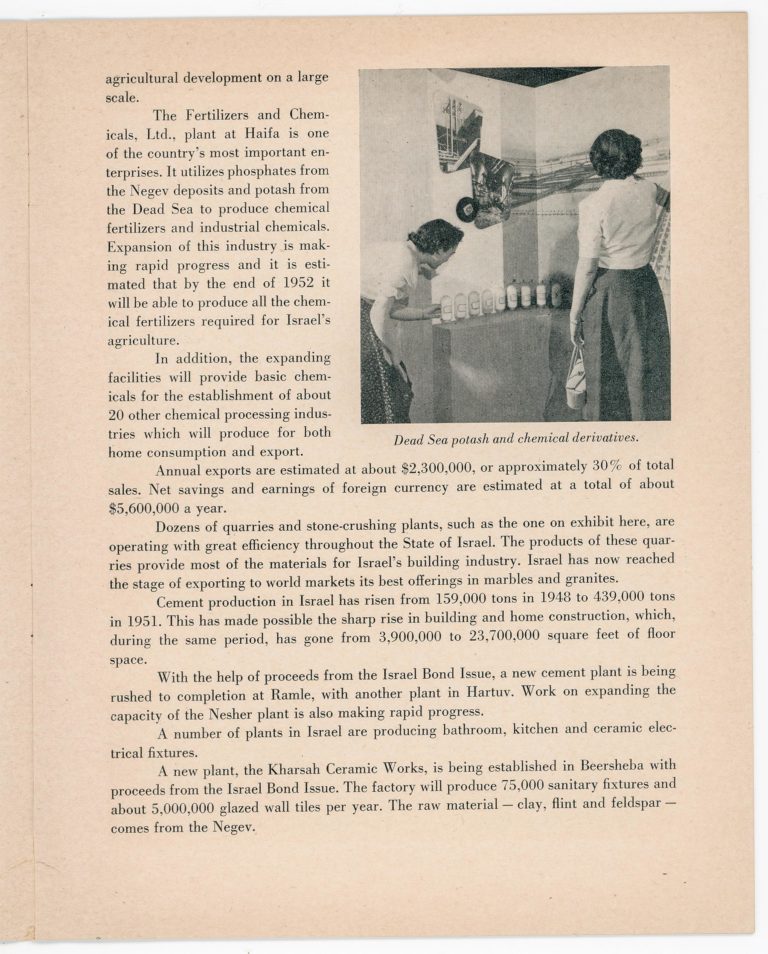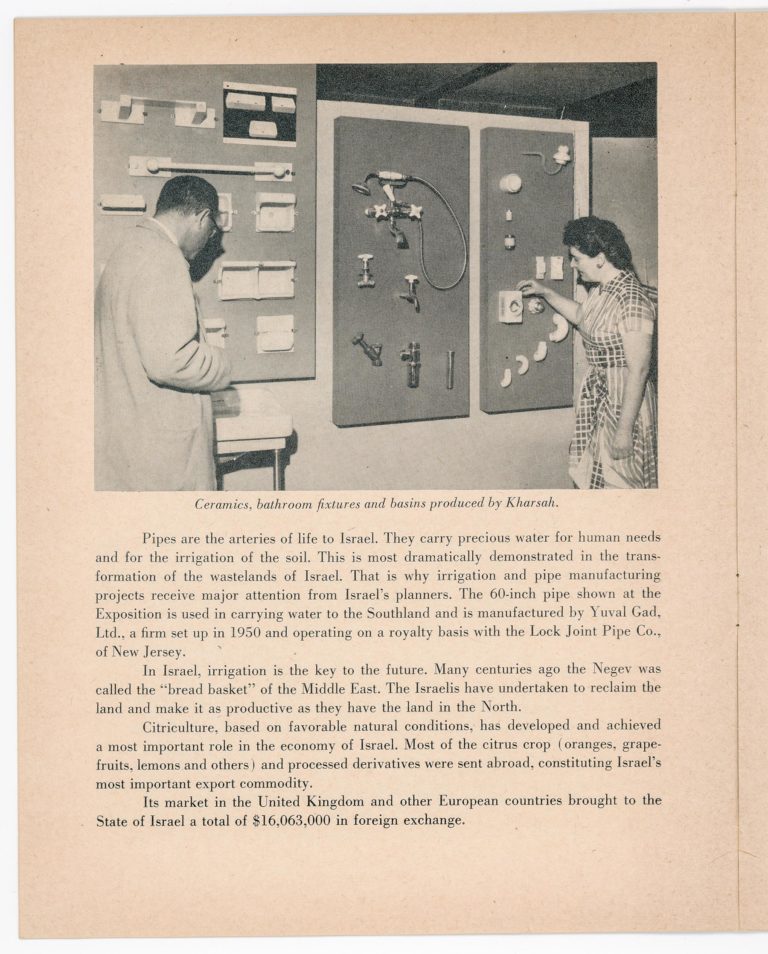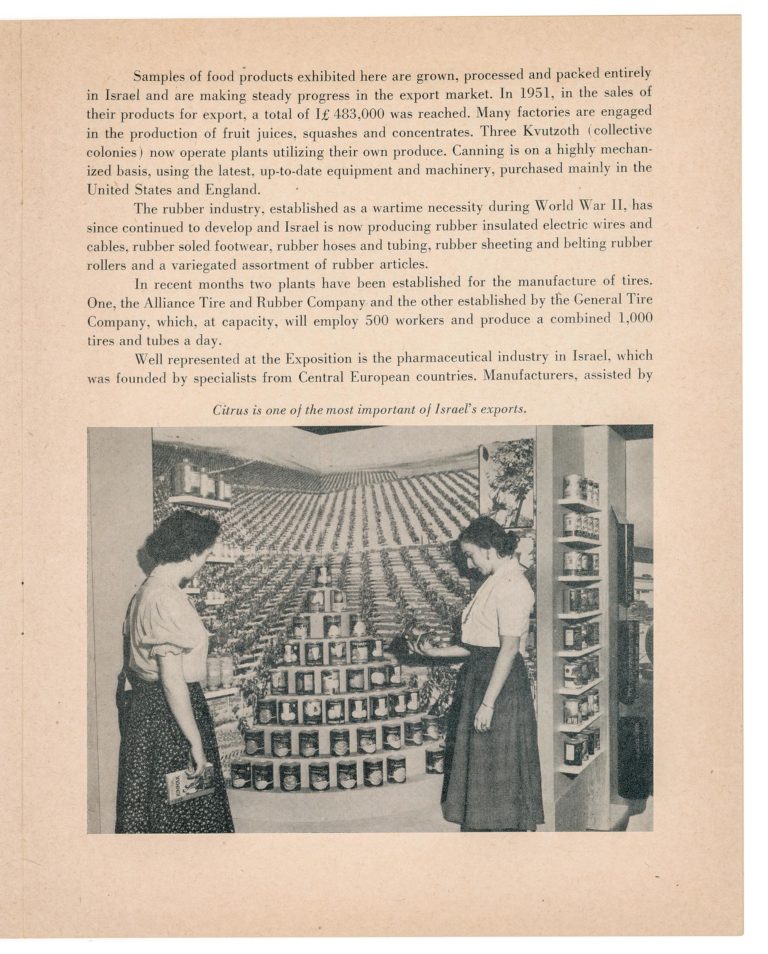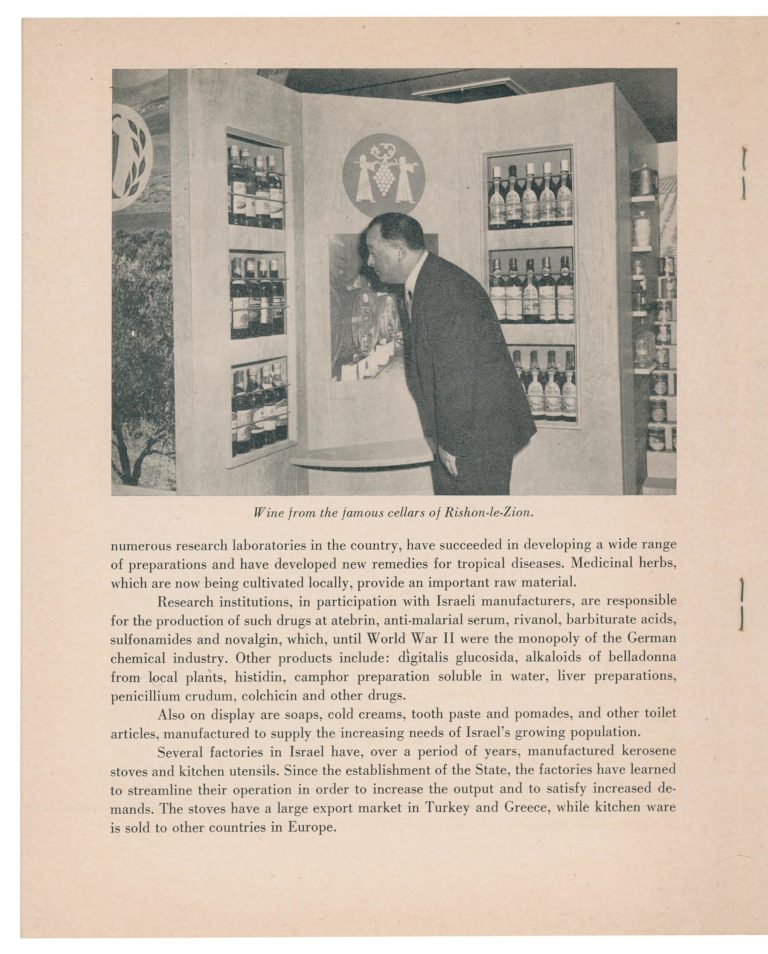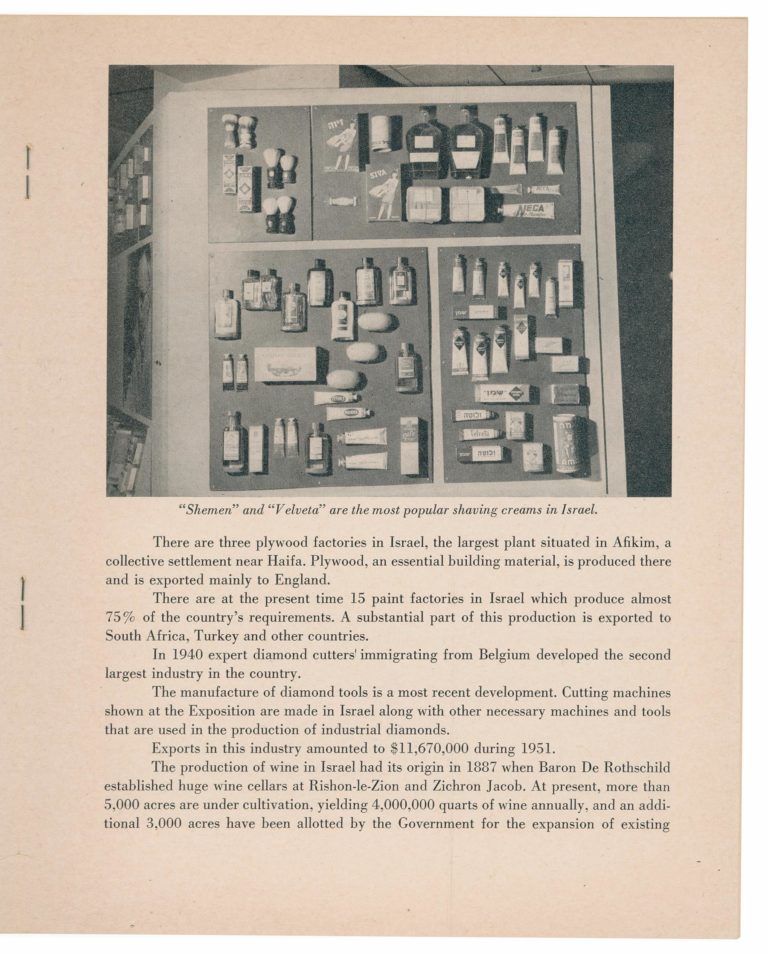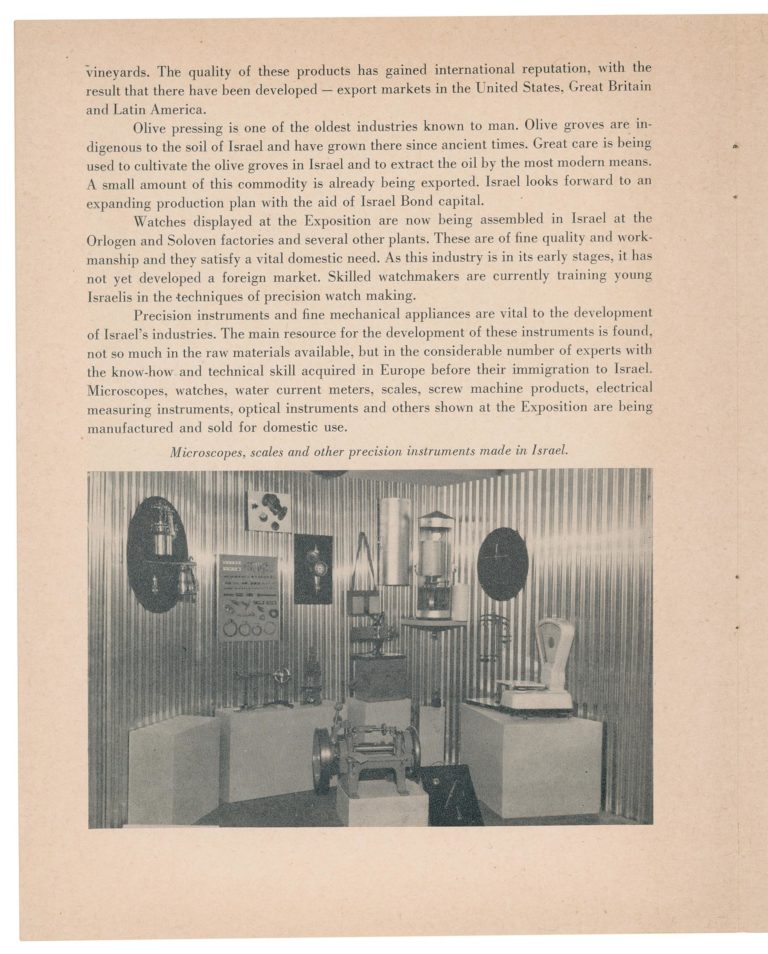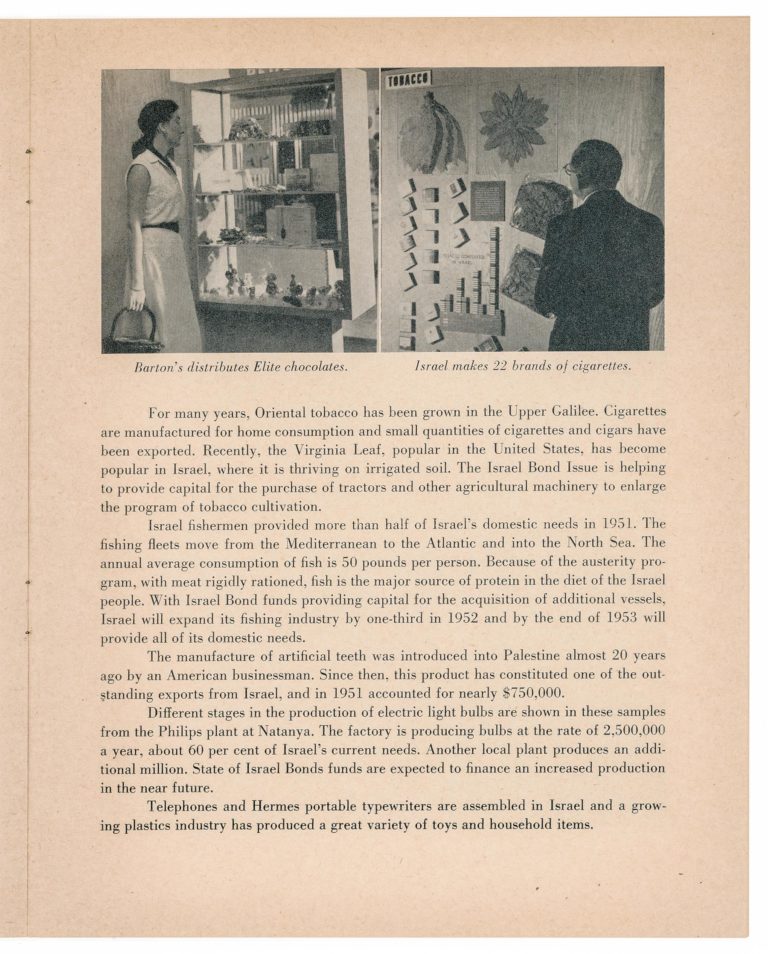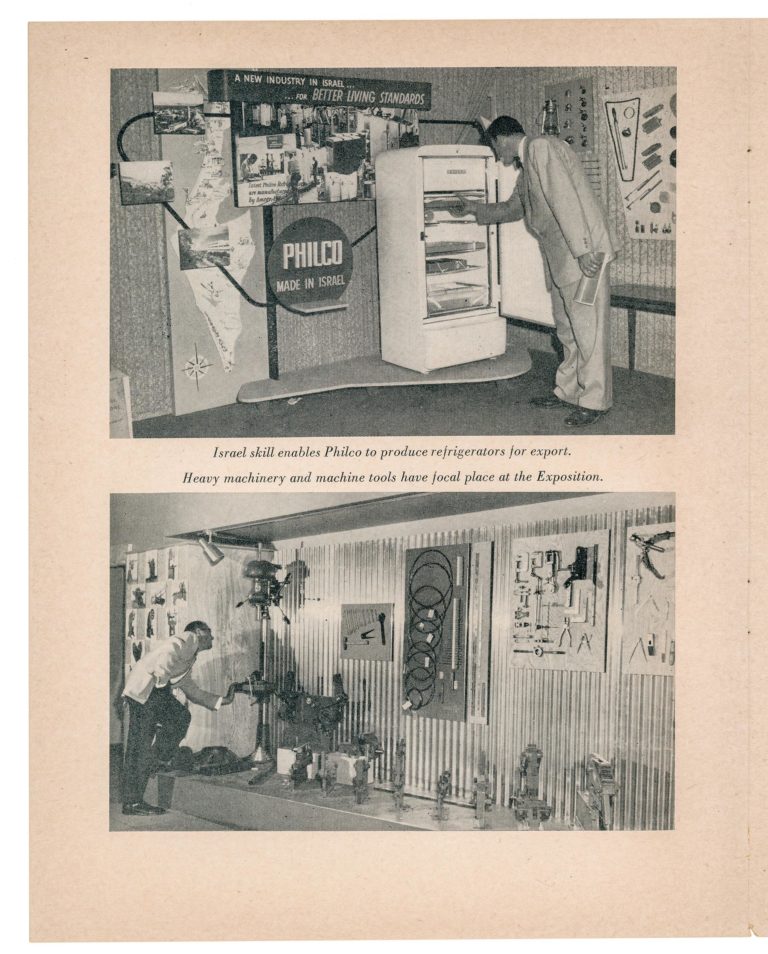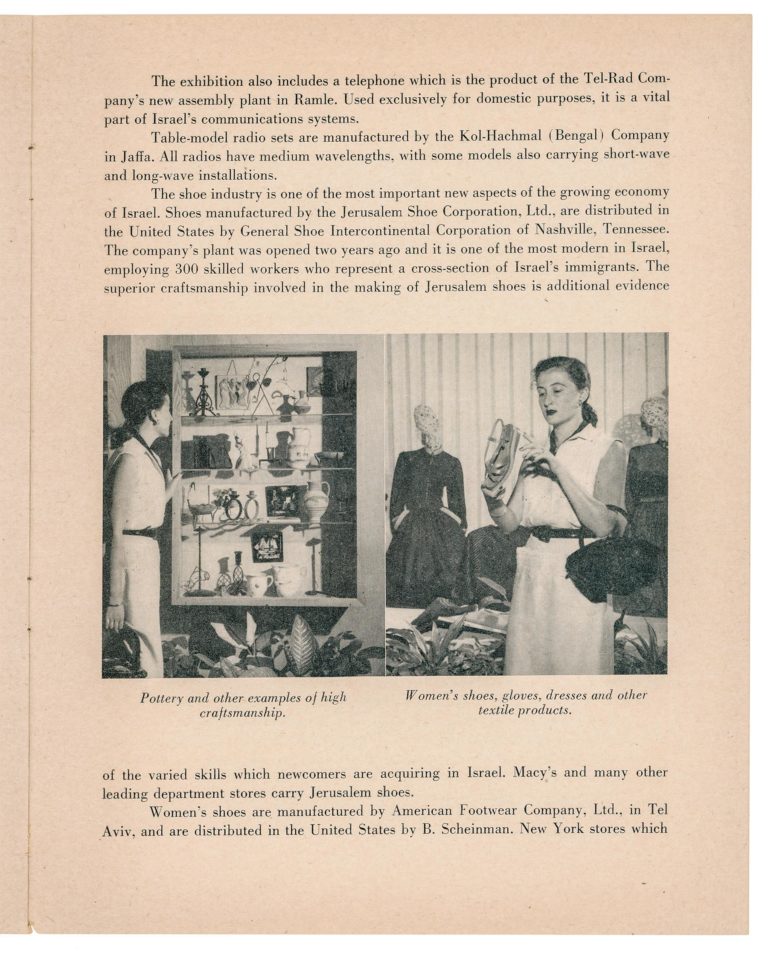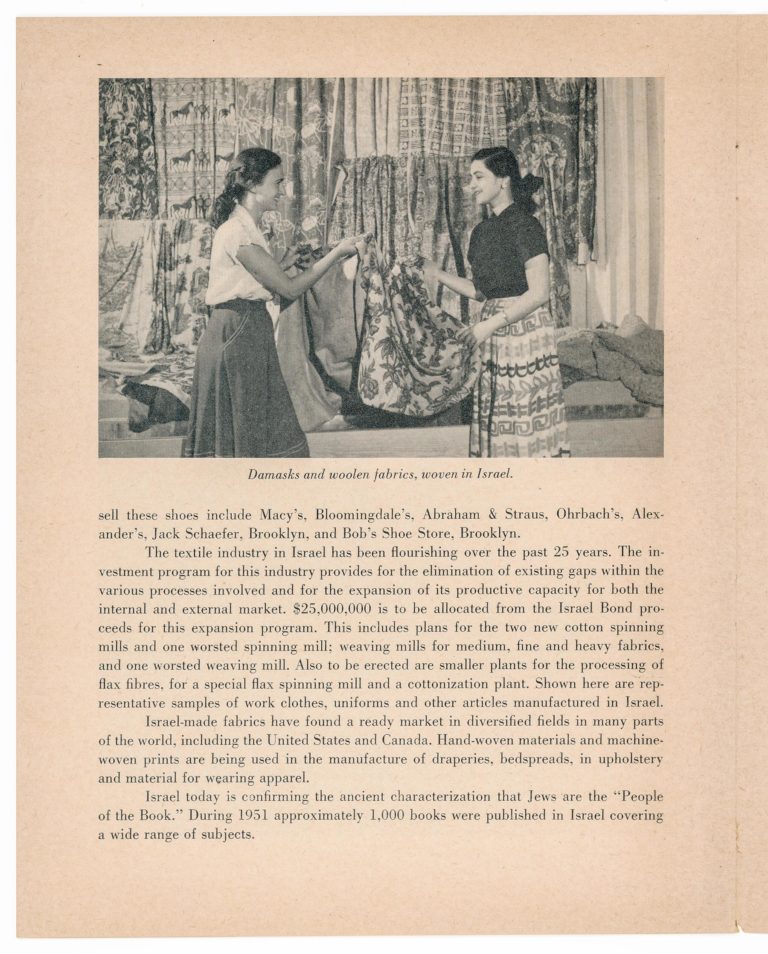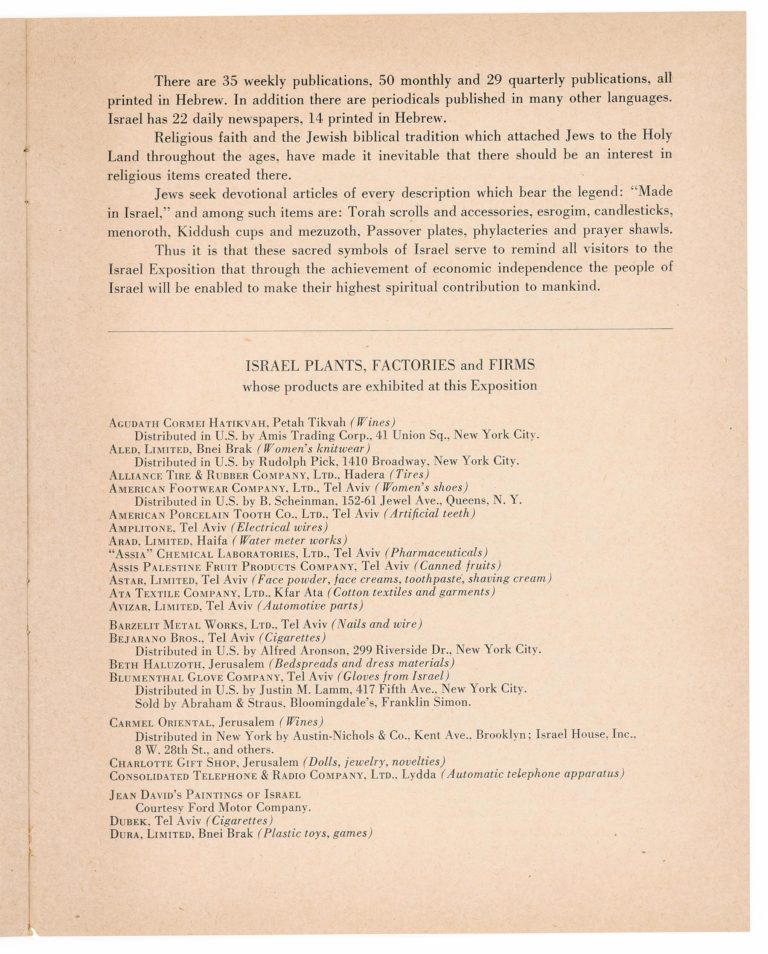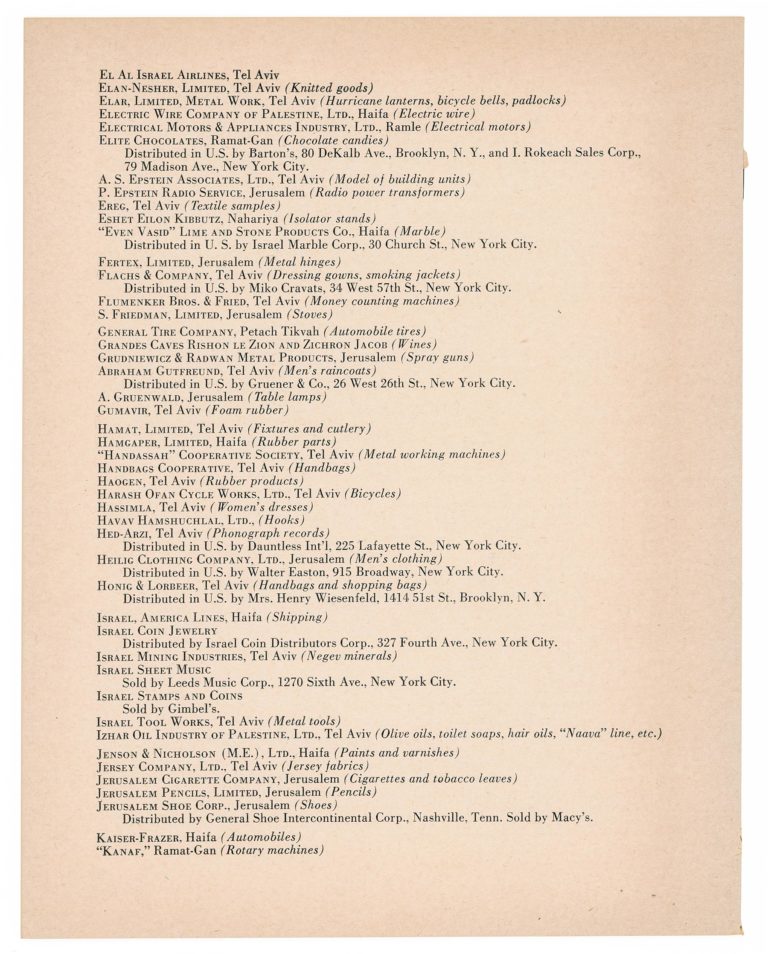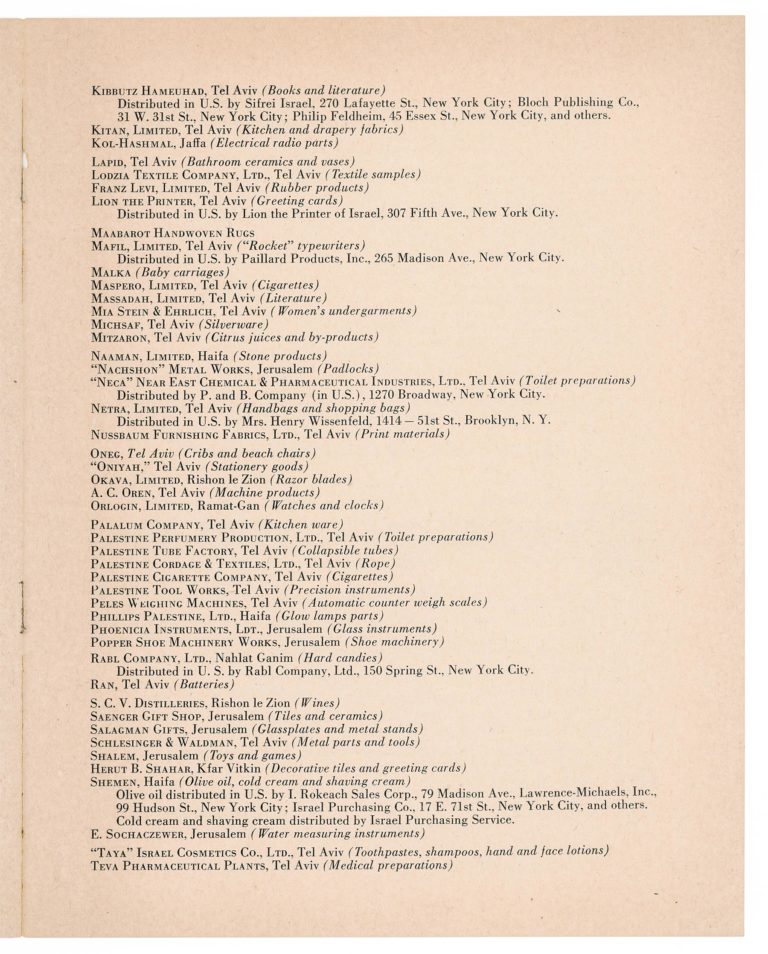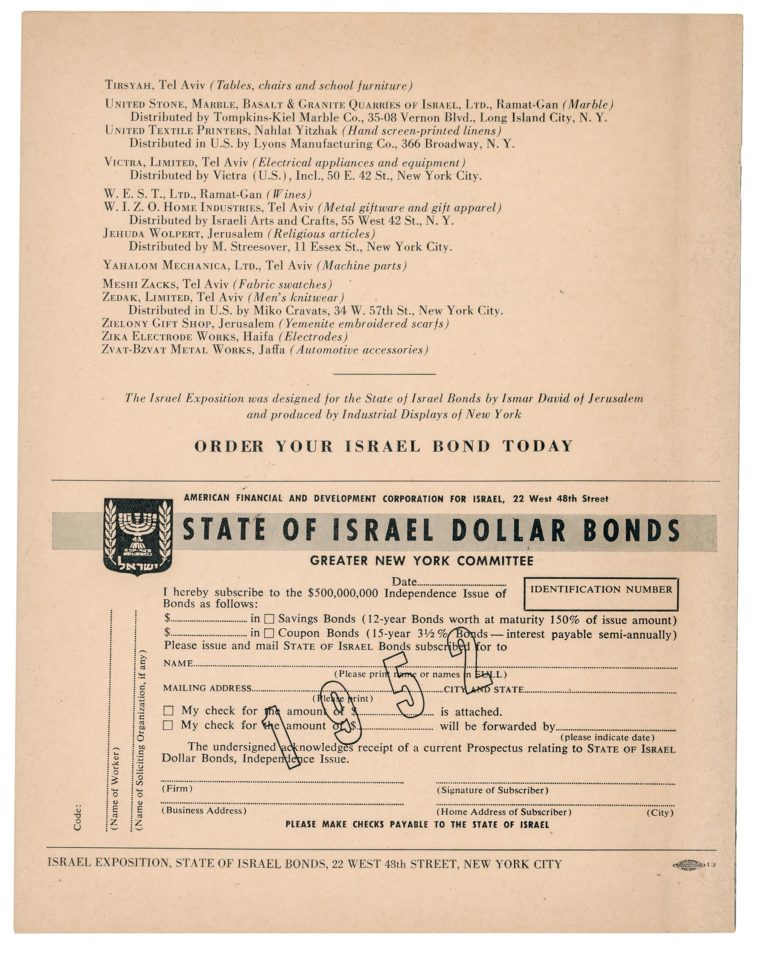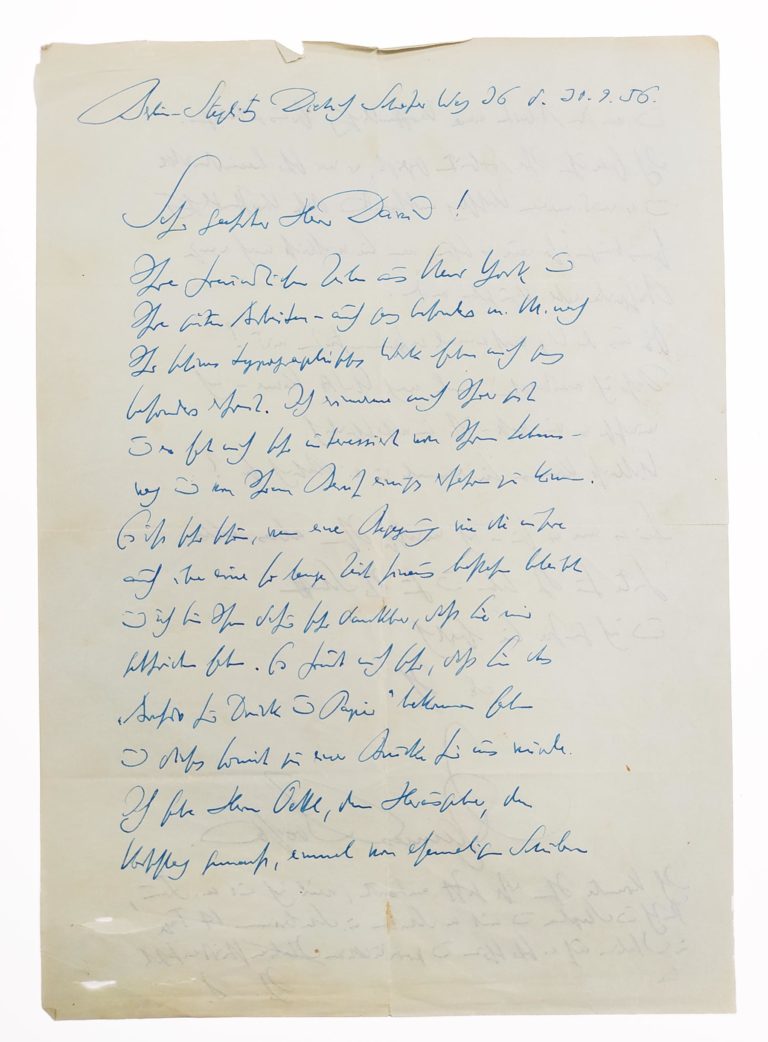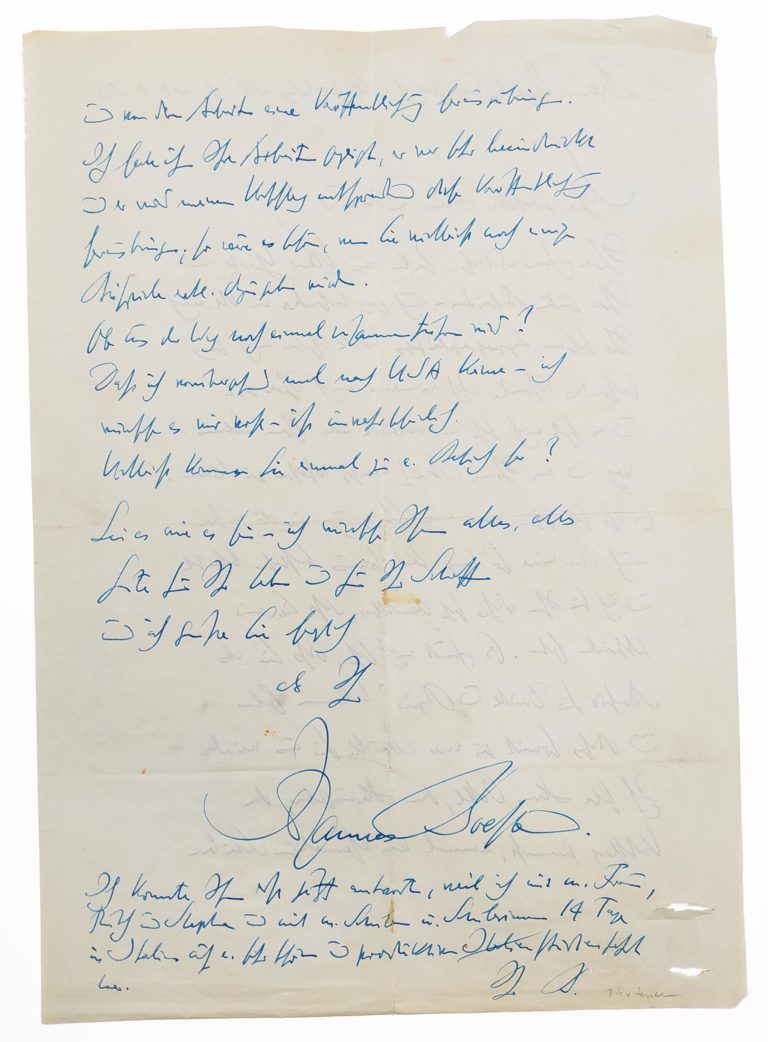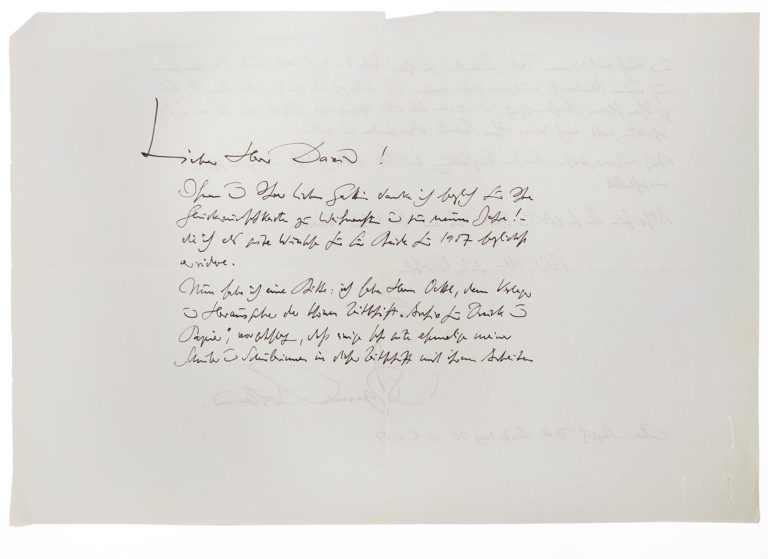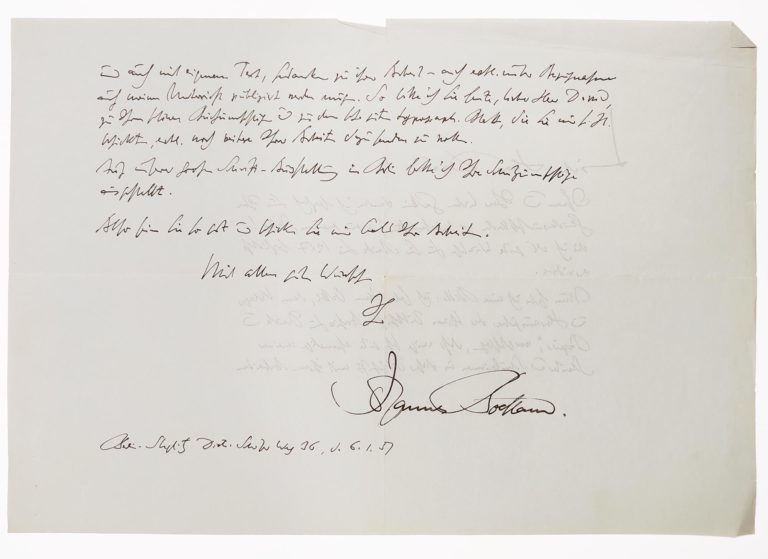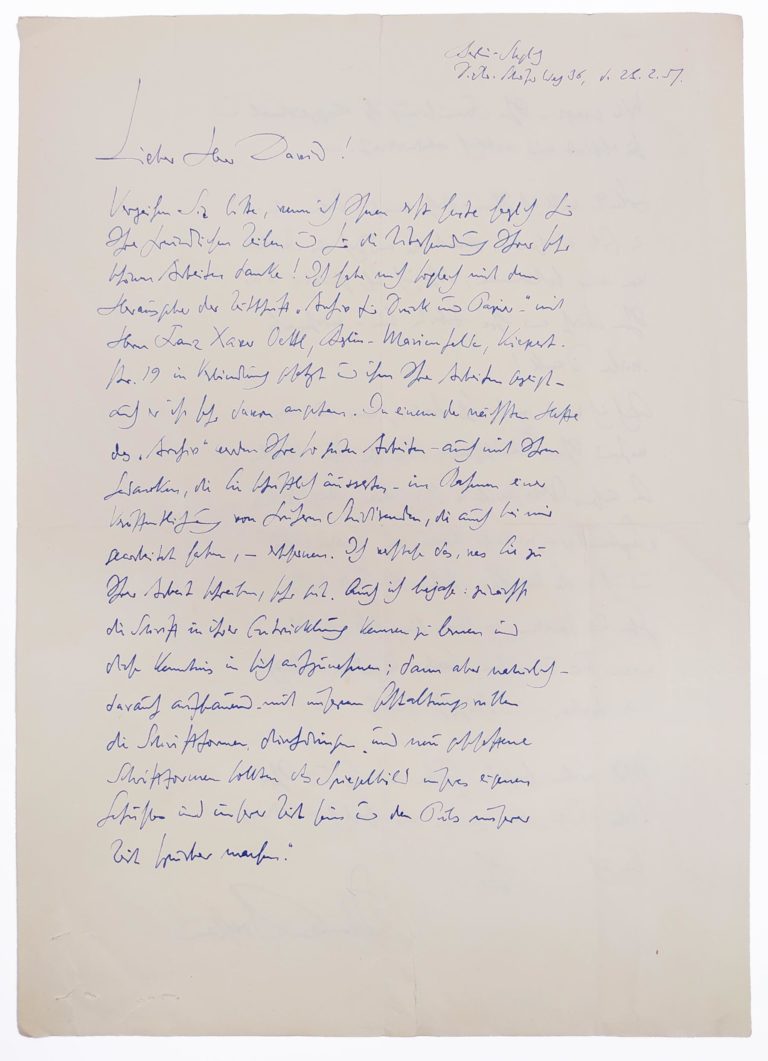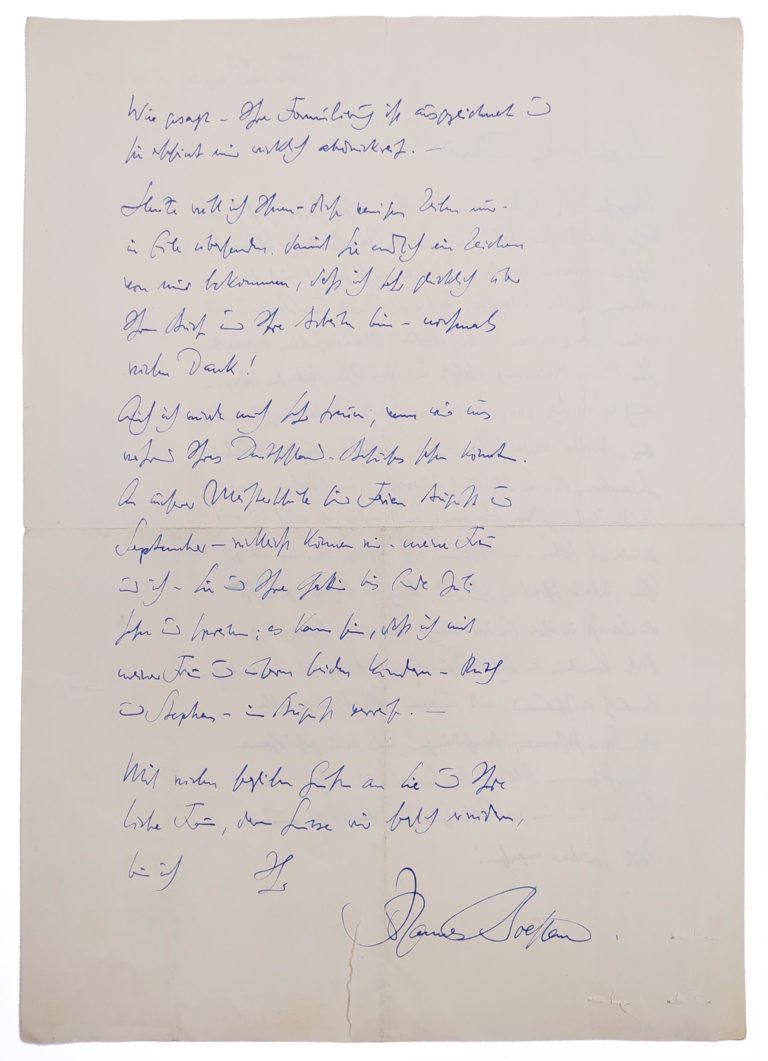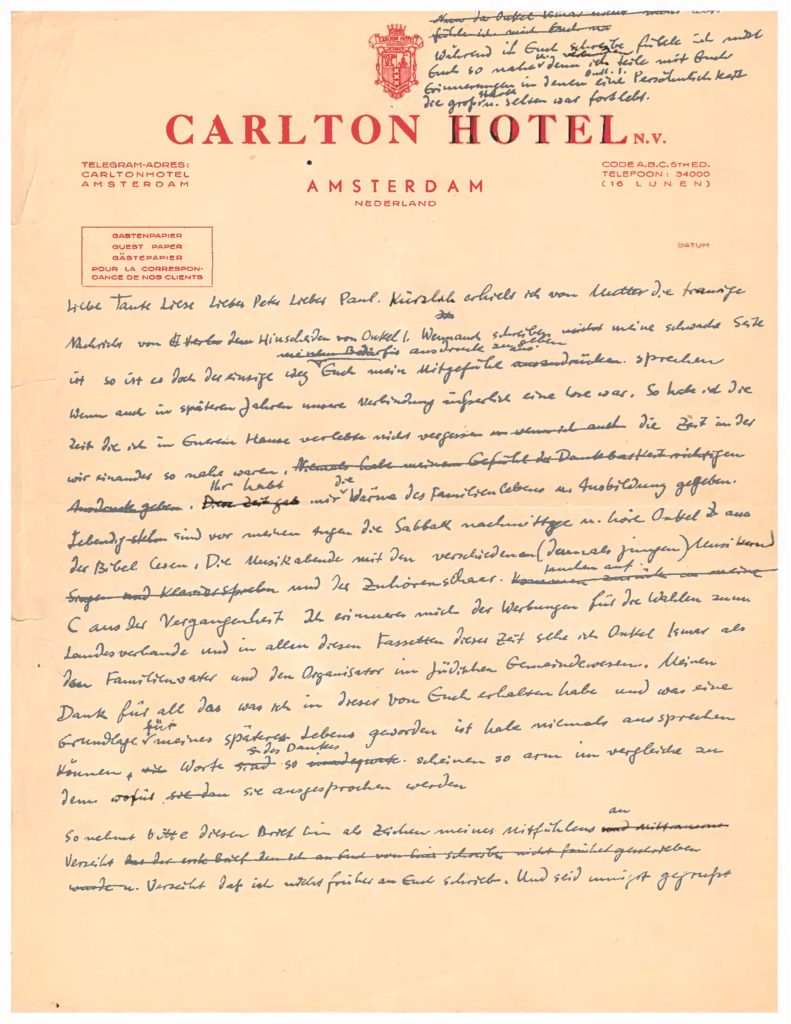In late 1956, prompted by seeing Johannes Boehland’s work in the German publication, Archiv & Druck, Ismar David wrote to his former teacher in Berlin. The two men struck up a brief, enthusiastic correspondence. A planned trip to Europe did not materialize for the Davids until 1959, when it is doubtful that they visited Berlin. We don’t know if the two men ever enjoyed their hoped-for reunion.
Berlin-Steglitz Dietrich-Schäfer Weg 36 d. September 20, 1956
Sehr geehrter Herr David!
Ihre freundlichen Zeilen aus New York & Ihre guten Arbeiten – auch ganz besonders m[einer]. M[einung]. nach Ihr schönes typographisches Werk haben mich ganz besonders erfreut. Ich erinnere mich Ihrer gut & es hat mich sehr interessiert von Ihrem Lebensweg & von Ihrem Beruf einiges erfahren zu können. Es ist sehr schön, wenn eine Begegnung wie die unsere auch über eine so lange Zeit hinaus bestehen bleibt. Und ich bin Ihnen dafür sehr dankbar, daß Sie mir geschrieben haben. Es freut mich sehr, daß Sie das „Archiv für Druck & Papier“ bekommen haben & dieses somit zu einer Brücke für uns wurde Ich habe Herrn Oettl, dem Herausgeber, den Vorschlag gemacht, einmal von ehemaligen Schülern & von deren Arbeiten eine Veröffentlichung herauszubringen Ich habe ihm Ihre Arbeiten gezeigt, er war sehr beeindruckt & er wird meinem Vorschlag entsprechend diese Veröffentlichung herausbringen. So wäre es schön, wenn Sie vielleicht noch einige Beispiele mehr dazugeben würden. Ob uns der Weg noch einmal zusammenführen wird? Daß ich vorübergehend mal nach USA komme – ich wünsche es mir wohl – ist unwahrscheinlich. Hoffentlich kommen Sie einmal zu einem Besuch her? Sei es wie es sei – ich wünsche Ihnen alles, alles Gute für ihr Leben & für Ihr Schaffen & ich grüß Sie herzlich
[??] Ihr
Johannes Boehland
Ich konnte Ihnen erst jetzt antworten, weil ich mit meiner Frau, Ruth & Stephan & mit meinen Schüler u. Schülerinnen 14 Tage in Italien auf einer sehr schönen & produktiven Studienfahrt war.
J.B.
Berlin-Steglitz Dietrich-Schäfer Weg 36 dated September 20, 1956
Dear Mr. David!
Your friendly lines from New York & your good work—and especially in my opinion your beautiful typographic work have especially pleased me. I remember you well & it interested me very much to be able to learn about your life’s path & your profession. It’s very beautiful if an encounter, like ours too, persists after so long a time and I am very grateful to you, that you’ve written to me. It makes me very happy that you received “Archive für Druck & Papier” and that this became a bridge for us. I suggested to Mr. Oettl, the publisher, that he someday publish a showing of former students & their work. I showed him your work and he was very impressed & he will publish a showing as I suggested. So it would be nice if you perhaps give a few more examples. Whether our paths will cross again? That I could come to the USA for a while—I’d like to very much, but it’s unlikely. Hopefully, you will come here someday? However it may be—I wish you everything, everything good in your life & in what you do & I send you warm regards
[??] Your
Johannes Boehland
I could only now answer you, because I was in Italy for 14 days with my wife, Ruth and Stephan and with my students [male and female] for a beautiful and productive study trip.
J.B.
Lieber Herr David!
Ihnen & Ihrer lieben Gattin danke ich herzlich für Ihre Glückwunschkarte zu Weihnachten & zum neuen Jahr!–die ich als gute Wünsche für Sie Beide für 1957 herzlich erwidere.
Nun habe ich eine Bitte: ich habe Herrn Oettl, dem Verleger & Herausgeber der schönen Zeitschrift „Archiv für Druck & Papier“, vorgeschlagen, daß einige sehr gute ehemalige meiner Schüler & Schülerinnen in dieser Zeitschrift mit ihren Arbeiten & auch mit eigenem Text, Gedanken zu ihrer Arbeit–auch evtl (eventuell) unter Bezugnahme auf meinen Unterricht publiziert werden moegen. So bitte ich Sie heute, lieber Herr David, zu Ihren schönen Buchumschlägen & zu dem sehr guten typograph. Blatt, die Sie mir Z. H. (zu Händen) schicken, evtl noch weitere ihrer Arbeiten dazu senden zu wollen. Auf unserer große Schrift-Ausstellung in Berlin hatte ich Ihre Schutzumschläge ausgestellt.
Also sein Sie so gut & schicken Sie mir bald Ihre Arbeit
Mit allen guten Wünschen
Ihr
Johannes Boehland
Berlin-Steglitz Dietrich-Schäfer Weg 36 d. 6.1.57
Dear Mr. David!
I sincerely thank you & your wife for your best wishes card for Christmas & the New Year!–which I warmly reciprocate with good wishes for you both in 1957.
Now I have a request: I have suggested to Mr. Oettl, the publisher & editor of the fine journal “Archiv für Druck & Papier,” that a few of my very good former students [male and female] would like to be published in this journal with their works & also with their own text, [expressing] their thoughts about their work—also perhaps with reference to my teaching. So I ask you, dear Mr. David, if you, in addition to your beautiful book jackets & very good typographic page, that you sent to my attention, perhaps want to send even more of you work. I wish I could have shown your dust jackets in our large lettering exhibition in Berlin.
Thus be so good as to send me your work soon
With all good wishes,
Your
Johannes Boehland
Berlin-Steglitz Dietrich-Schäfer Weg 36, dated February 6, 1957
Berlin-Steglitz Dietrich-Schäfer Weg 36 d. 23.2.57
Lieber Herr David!
Verzeihen Sie bitte, wenn ich Ihnen erst heute herzlich für Ihre freundlichen Zeilen & für die Übersendung Ihrer sehr schönen Arbeiten danke! Ich habe mich sogleich mit dem Herausgeber der Zeitschrift „Archiv für Druck und Papier“—mit Herrn Franz Xaver Oettl, Berlin-Marienfelde, Kiepert. Nr. 19 in Verbindung gesetzt & ihm Ihre Arbeiten gezeigt– auch er ist sehr davon angetan. In einem der nächsten Hefte des „Archiv“ werden Ihre so guten Arbeiten—auch mit Ihren Gedanken, die Sie schriftlich äusserten—im Rahmen einer Veröffentlichung von frühern Studierenden, die auch bei mir gearbeitet haben,—erscheinen. Ich verstehe das, was Sie zu Ihre Arbeit schreiben, sehr gut. Auch ich bejahe: zunächst? die Schrift in ihrer Entwicklung kennen zu lernen und daher Kenntnis in sich aufzunehmen; dann aber natürlich – darauf aufbauen mit unserem Gestaltungswillen—die Schriftformen, durchdringen im neu entstandene Schriftformen sollten das Spiegelbild unser eigenen Schriften und unserer Zeit sein & den Puls unserer Zeit spürbar machen.“
Wie gesagt—Ihre Formulierung ist ausgezeichnet & sie erscheint mir wirklich druckreif.—
Heute will ich Ihnen– diese wenigen Zeilen nur—in Eile übersenden damit Sie endlich ein Zeichen von mir bekommen, daß ich sehr glücklich über Ihren Brief & Ihre Arbeiten bin—nochmals Vielen Dank! Auch ich würde mich sehr freuen, wenn wir uns während Ihres Deutschland-Besuches sehen könnten. An unserer Meisterschule sind Ferien August & September—vielleicht können wir—meine Frau & ich—Sie & Ihre Gattin bis Ende Juli sehen & sprechen; es kann sein, daß ich mit meiner Frau & unseren beiden Kindern—Ruth & Stephan—im August verreise—
Mit vielen herzlichen Grüßen an Sie & Ihre
liebe Frau, ??? ???,
bin ich
Ihr
Johannes Boehland
Ich konnte Ihnen erst jetzt antworten, weil ich mit meiner Frau, Ruth & Stephan & mit meinen Schüler u. Schülerinnen 14 Tage in Italien auf einer sehr schönen & produktiven Studienfahrt war.
J.B.
Berlin-Steglitz Dietrich-Schäfer Weg 36 dated February 23, 1957
Dear Mr. David!
Please forgive me, that I only just today [get to] thank you very much for your friendly lines & for sending over your especially beautiful work! I’ve just now been in contact with the editor of the journal “Archiv für Druck & Papier”—with Mr. Franz Zaver Oerrl, Berlin-Marienfelde, Kiepert. Nr. 19 & showed him your work—he is also especially taken with it. Your very good work will appear in one of the next issues of the “Archiv,”—also with your thoughts that you expressed in writing—within the framework of a showing of other people who have also studied with me. I understand very well what you wrote about your work. I also affirm: [that we should] initially learn the development of the writing; but then, of course,—build on it with our creative drive—we should imbue the newly created letterforms should the mirror of our own writing and our time and make the pulse of our time palpable.”
As I said—your formulation is excellent & it seems to me really ready to print.—
Today I want to hurriedly send you—these few lines only—so that you finally get a sign form me, that I am very happy about your letter & your work—once again, many thanks!
It would also please me very much if we could see each other during your visit to Germany. Holidays at our master school are in August & September—perhaps we could—my wife and I—see and talk to you & your wife. It may be that I, with my wife & two children—Ruth and Stephen—will be away in August—
With very best regards to you & your dear wife, ??? ???
I am
Your
Johannes Boehland


























